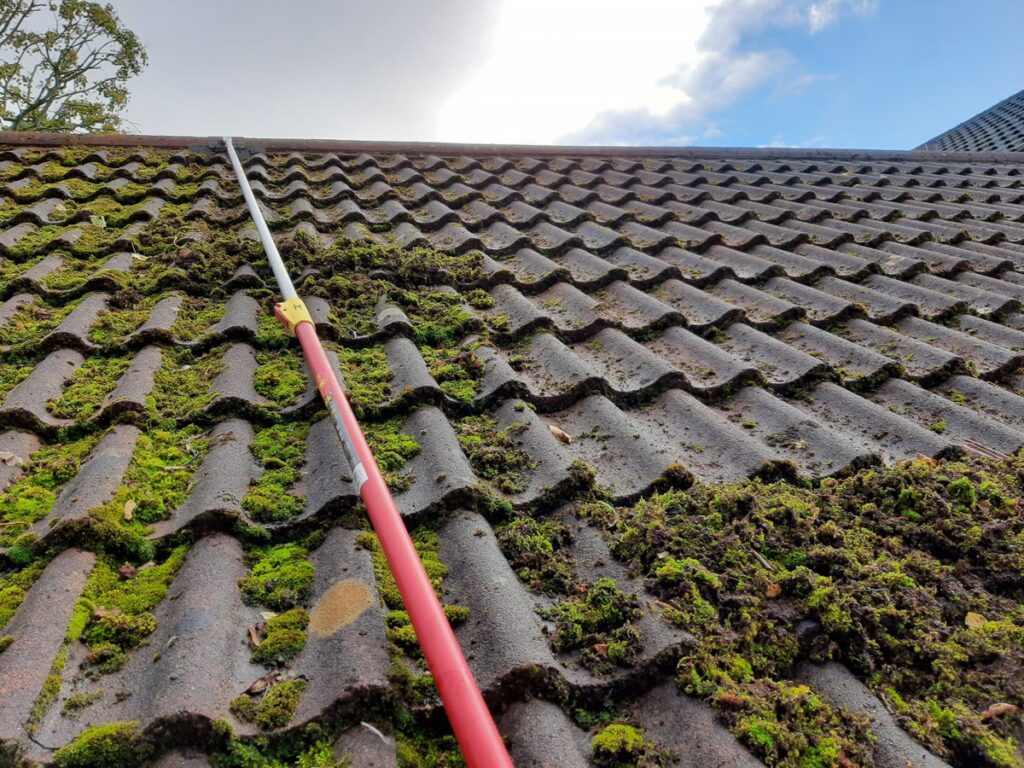Mold-Free Living – Strategies for a Healthier Home Environment
Creating a mold-free living environment is essential for promoting a healthier home and safeguarding against potential health hazards. Mold, a type of fungus, thrives in damp and humid conditions, making homes susceptible to its growth. To establish a mold-resistant living space, homeowners can implement various strategies that focus on moisture control, proper ventilation, and regular maintenance. First and foremost, moisture control is the key to preventing mold growth. Addressing leaks, fixing plumbing issues promptly, and ensuring proper drainage around the foundation can effectively minimize the moisture levels in the home. Installing dehumidifiers in areas prone to high humidity, such as basements and bathrooms, can also help maintain an environment inhospitable to mold. Regularly inspecting and addressing any water-related problems is crucial in the battle against mold, as it thrives in areas where moisture accumulates.

Proper ventilation plays a crucial role in creating a mold-free living space. Adequate airflow helps to prevent the stagnation of moist air, reducing the likelihood of mold formation. Using exhaust fans in bathrooms and kitchens, opening windows regularly, and utilizing air purifiers with HEPA filters contribute to improving ventilation and promoting a healthier indoor atmosphere. Additionally, ensuring that air ducts and HVAC systems are clean and well-maintained helps prevent the circulation of mold spores throughout the home. Regular Wilmslow roof cleaners maintenance is essential in the ongoing effort to keep a home mold-free. Routinely inspecting and cleaning areas prone to mold growth, such as bathrooms, basements, and attics, can identify and address issues before they escalate. Cleaning and drying surfaces regularly, especially in areas prone to spills or water exposure, are critical preventive measures. It is also advisable to monitor indoor humidity levels, aiming for a range of 30-50%, to discourage mold growth.
Choosing mold-resistant materials for construction and furnishings can further fortify a home against mold. Opting for moisture-resistant drywall, mold-resistant paints, and flooring materials that are less susceptible to water damage can be effective in minimizing the conditions conducive to mold growth. When selecting furniture and upholstery, choosing materials that resist moisture and are easy to clean can contribute to a healthier living environment. In conclusion, a mold-free living space is achievable through a combination of proactive measures and a commitment to maintaining a dry and well-ventilated home. By prioritizing moisture control, implementing proper ventilation, conducting regular maintenance, and choosing mold-resistant materials, homeowners can significantly reduce the risk of mold infestations. A healthier home environment not only protects against potential health issues associated with mold but also enhances overall well-being and quality of life for residents.
